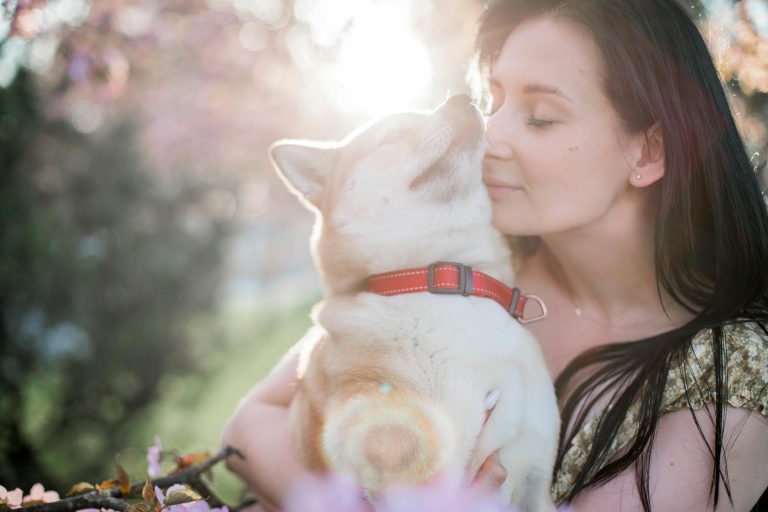Why Do Dogs Steal Toys? Unraveling the Canine Mystery
Dogs stealing toys can be a perplexing yet common behavior that many pet owners encounter. As dog lovers, it’s essential to delve into the reasons behind this action to foster a healthy and harmonious relationship with our furry friends.

Introduction to Why Do Dogs Steal Toys
Ever wondered why Fido can’t resist snatching your slipper or running off with a squeaky toy? Let’s embark on a journey to unravel the mystery behind why dogs steal toys and what we, as responsible pet parents, can do about it.
Understanding Canine Instincts
Dogs, by nature, are possessive creatures. In the wild, survival often hinges on acquiring and safeguarding resources. This instinct translates into the domestic setting, where toys become symbolic possessions.
Territorial Behavior
Your dog’s act of stealing toys may be deeply rooted in their territorial instincts. They see toys as valuable items to be claimed, akin to marking their territory.
Psychological Perspective
To comprehend this behavior better, it’s crucial to consider the psychological aspects. Dogs, like humans, have emotional needs, and their penchant for stealing toys may stem from a desire for stimulation and engagement.
Importance of Mental Stimulation
Imagine being cooped up at home with nothing to do. Dogs, too, can experience boredom, and stealing toys might be their way of seeking mental stimulation. Providing activities that challenge their minds can help curb this behavior.
Social Dynamics among Dogs
Dogs are pack animals with a sophisticated social structure. Within this hierarchy, toys can become symbols of status and power.
Expressing Dominance and Submission
In a multi-dog household, the dynamics can get complex. Dogs may steal toys to assert dominance or, conversely, to submit to a more assertive companion. Understanding these dynamics is crucial for maintaining peace.
Boredom and Lack of Stimulation
One of the leading causes of misbehavior in dogs is boredom. When left unattended or without engaging activities, dogs may resort to stealing toys as a way to entertain themselves.
Keeping Dogs Engaged
To address this, consider introducing interactive toys and engaging in regular playtime. A tired and mentally stimulated dog is less likely to engage in undesirable behaviors.
Teaching Proper Toy Etiquette
Training plays a pivotal role in shaping a dog’s behavior. If your furry friend has a penchant for pilfering toys, employing positive reinforcement techniques can make a world of difference.
Positive Reinforcement
Reward your dog for exhibiting proper toy etiquette. When they play with their toys appropriately, shower them with praise and treats. Dogs thrive on positive reinforcement, and this method can work wonders.
Common Breeds Prone to Toy Stealing
Certain dog breeds exhibit a higher predisposition to toy stealing. Understanding breed-specific traits can provide insights into your dog’s behavior.
Breed-Specific Understanding
For instance, herding breeds may have a natural inclination to control objects, including toys. Knowing these tendencies can help tailor your approach to training and managing behavior.

Environmental Enrichment
The environment in which a dog lives can significantly impact their behavior. A lack of stimulation and a monotonous setting may drive a dog to steal toys for excitement.
Creating an Enriched Space
Ensure your dog’s environment is enriched with various stimuli. Rotate toys, introduce new scents, and create opportunities for exploration. A happy environment reduces the likelihood of toy theft.
Interactive Toys and Games
Not all toys are created equal. Some toys actively engage dogs, providing mental and physical stimulation.
Quality Time Together
Investing time in interactive play is invaluable. Whether it’s a game of fetch or a puzzle toy, the bond formed during these activities can reduce the desire to steal toys for attention.
Health-Related Issues
Occasionally, health problems can manifest as behavioral issues. If your dog’s toy-stealing habits are sudden or extreme, a visit to the vet is in order.
Regular Vet Check-ups
Address any potential health concerns promptly. Dogs may resort to unusual behaviors as a way of signaling discomfort. Regular vet check-ups ensure your furry companion is in optimal health.
Positive Reinforcement Techniques
Modifying a dog’s behavior requires patience and consistency. Positive reinforcement techniques have proven to be effective in reshaping habits.
Consistency is Key
Consistency is the bedrock of successful training. Reinforce positive behavior consistently, and your dog will gradually adopt more desirable habits.
Understanding Communication Cues
Dogs communicate through body language, and understanding their cues is paramount.
Signs of Discomfort or Anxiety
Recognize when your dog is uncomfortable or anxious. Addressing these emotions helps prevent undesirable behaviors such as toy stealing.
Patience and Consistency in Training
Changing a habit takes time. Patience is a virtue in dog training, and the journey to curbing toy-stealing tendencies may have its challenges.
Consistent Approach
Be consistent in your approach to training. Dogs respond well to routines, and a consistent approach fosters better understanding.
Conclusion
Understanding why dogs steal toys is the first step toward addressing this behavior. By recognizing the innate instincts, social dynamics, and psychological needs of our furry companions, we can create an environment that promotes positive habits.




Leave a comment